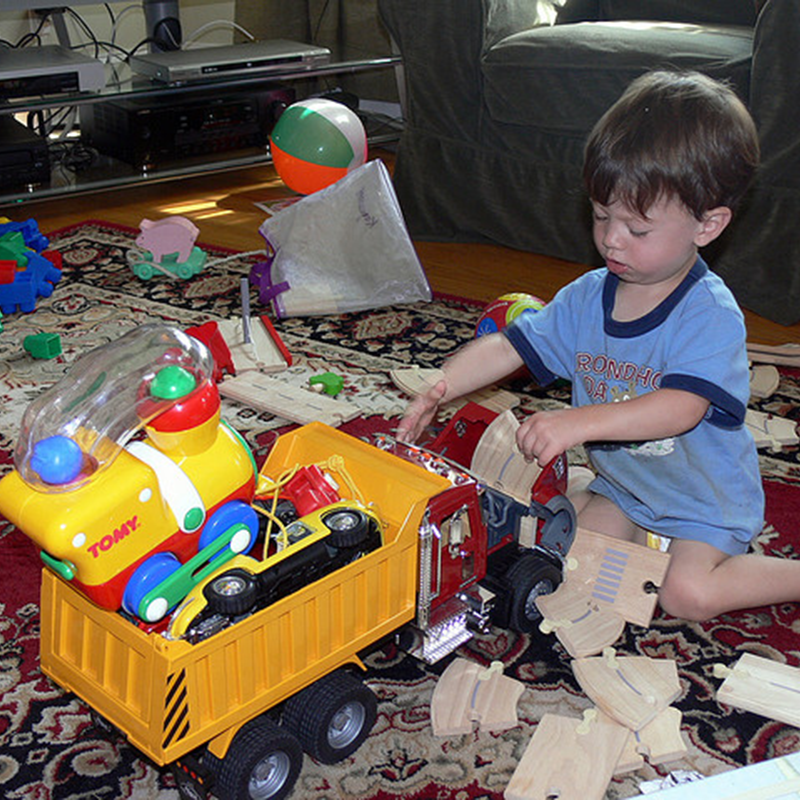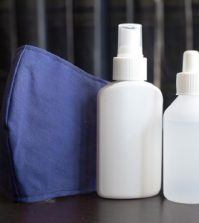- Study Says Most Parents Don’t Use Car Seats In Ride Share Vehicles Like Uber
- This 12-Year-Old Boy Is A Sophomore Aerospace Engineering Major!
- Fire Safety Experts Warn Of Hand Sanitizer Danger After A Mom and Kids Escape House Fire
- Recall Alert: Peaches May Be The Cause Of Salmonella Outbreak, 68 People Ill
- Summer Vacation In The Days Of COVID: Tips To Stay Safe
- How To Safely Grocery Shop During The Coronavirus Pandemic
- Michigan Teen With Vape-Related Illness Undergoes Double Lung Transplant
- Teen Kicks Off Anti-Vaping Campaign From Hospital Bed
- Teenager Receives Life Sentence For Strangling Sister To Death Over A Wi-Fi Password
- Toddler Falls To Death From 11th Deck of Cruise Ship
Top Chemicals Found In Toys That Are Harmful To Kids


Parents trust manufacturers to sell toys that children can safely play with and enjoy. Unfortunately, regulation is lacking when it comes to certain toxic chemicals showing up in products intended for kids.
A bill called the Child-Safe Products Act — which passed in the New York Assembly last year, but never made it to the Senate floor — proposed to ban a number of harmful chemicals from kids’ products, including toys. Now, this bill seems to be gaining momentum once again in New York.
The bill, if eventually passed, would mandate that manufacturers phase out specific chemicals in children’s products, including:
- Benzene: According to the U.S. Centers for Disease Control and Prevention (CDC,) benzene is used to make chemicals used in the manufacture of industrial products, like dyes, detergents, explosives, pesticides, synthetic rubber, plastics and pharmaceuticals. Benzene can be found in gasoline and in trace amounts, cigarette smoke. It has been banned as an ingredient in products intended for home use, including toys.
- Lead: Lead is a toxic metal that is used in burning fossil fuels and can combined with other metals to produce alloys. Lead and lead alloys are often used to make batteries, ammunition and other metal products. According to the CDC, it was also used regularly in paint, ceramics, caulk and more. However, because of potential health problems, the amount of lead used in these products today has decreased or has been removed.
- Mercury: The nervous system is extremely sensitive to all forms of mercury.Exposure to high levels can permanently damage the brain, kidneys and developing fetus, says the CDC. Effects on the brain’s functioning could result in irritability, tremors, shyness, changes in vision or hearing, as well as memory problems.
- Arsenic: Some evidence says that long-term exposure to arsenic in children may result in lower IQ scores, according to the CDC. There is also some evidence that exposure to arsenic in the womb and early childhood may increase mortality in young adults.
- Molybdenum: Molybdenum is a metal used in orange-red pigments. It has industrial uses in the manufacture of steel and cast iron, which increases durability and rust-resistance. Molybdenum has been linked to reduced male fertility.
The Child-Safe Products Act would create a list of chemicals that would be required to be gradually phased out. It would also require manufacturers to label toys if these chemicals are used. Above all, it would help give New York parents peace of mind when it comes to the safety of their children’s toys.








0 comments